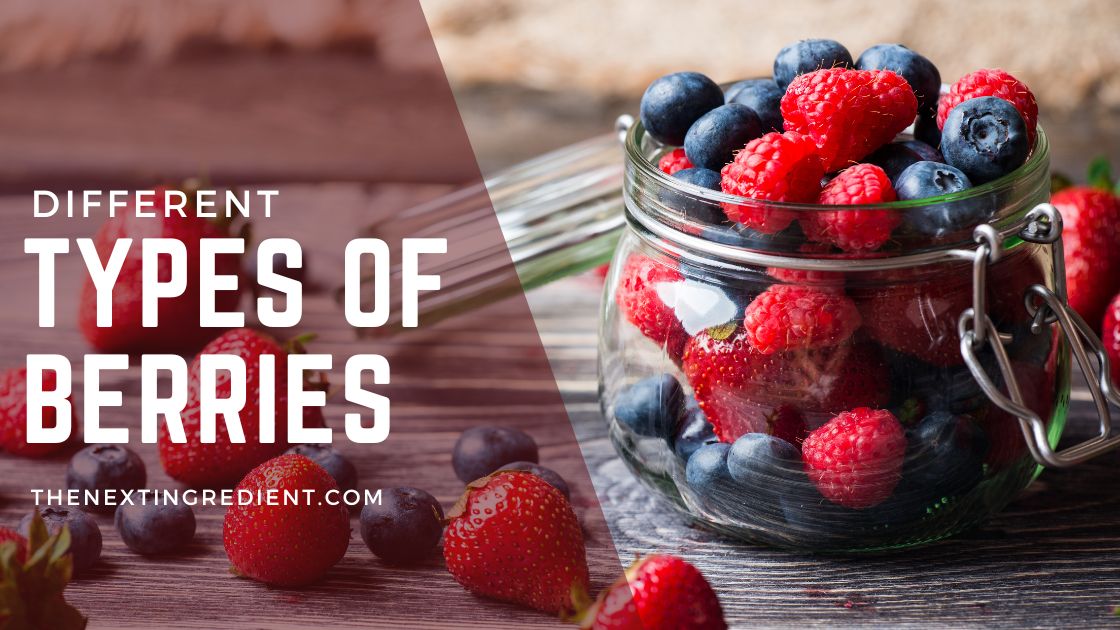Did You Know There are Different Types Of Berries, and Some Types of Wild Berries? We all love berries! This is one of those fruits that is always on hand in your kitchen.
That’s right, berries have at least over twenty types to them, and here you’ll learn all about their unique characteristics.
Berries can be consumed by themselves but can also be used in numerous recipes, from desserts to jams or even in your morning smoothie; these babies have amazing flavor and offer tons of goodness to our bodies.
Berries are pretty versatile, it does not only do well in sweet recipes and are also a great addition to your favorite ice cream! A couple of smashed berries also go fantastic in your cocktail.
If you want to know more, then get your berries knowledge to the next level and learn about all the different types of berries and how to make the best out of your berries at home.
Types Of Berries
Berries may be small in size, but they are bursting in flavor; they do not have a pit and are usually juicy with a combination of sweet and sour flavor. These can be found in shades of red, and there are also obscure types.
Contrary to what you may think, not all berries can be eaten; some types are toxic and shouldn’t be consumed.
For the English, berries are called soft fruit. From a scientific point of view, berries are all the fruits that come from the ovary of a sole flower, including fruits like bananas, tomatoes, cucumbers, etc. Ironically, some of our favorite berries (raspberries, blackberries, and strawberries) aren’t scientifically called this way.
Get to know the most common types of berries based on widespread belief.
Acai Berry
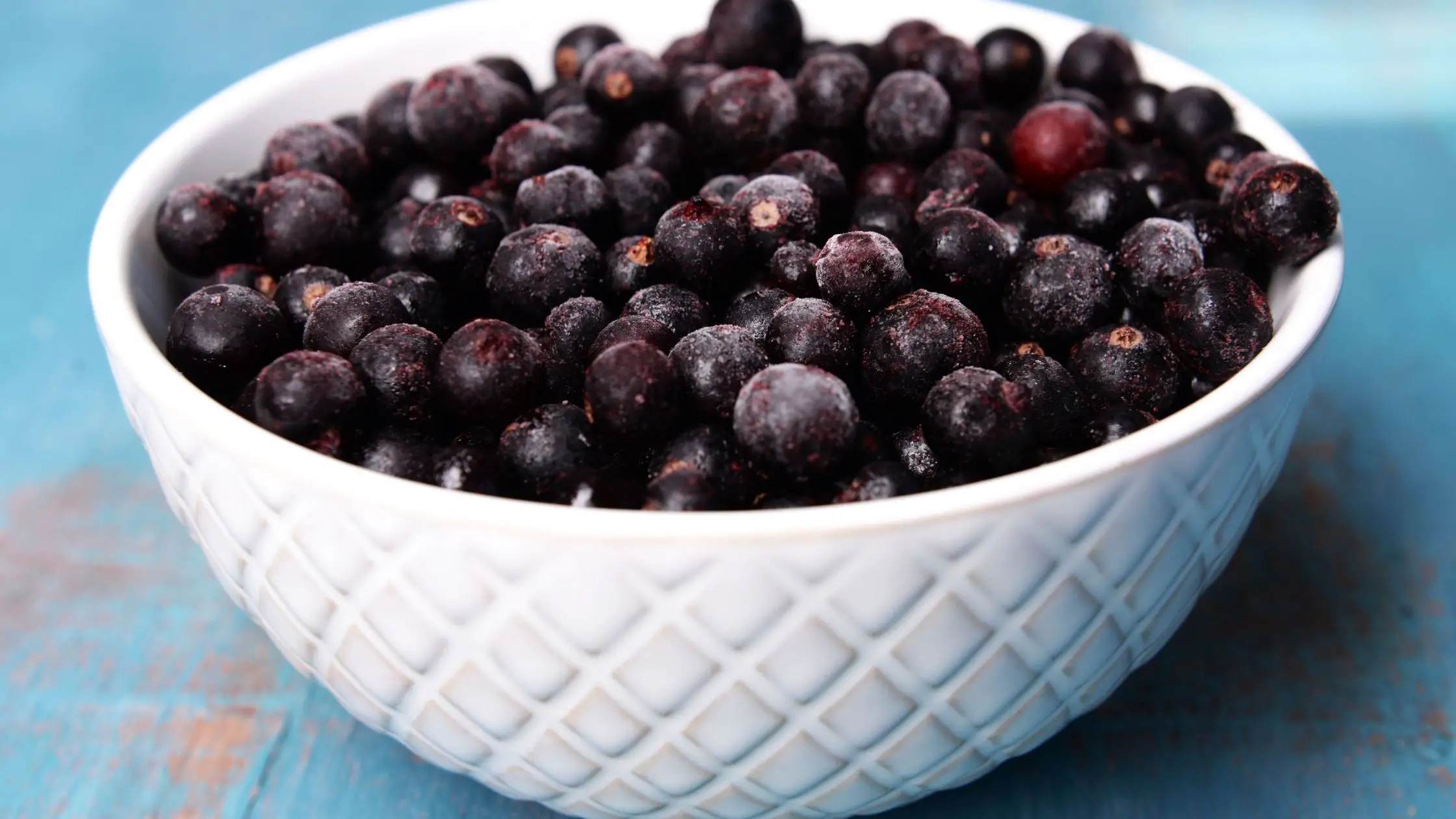
Known as a superfood, Acai berries have become quite popular. These contain antioxidants, fatty acids, and protein that support a healthy heart, weight loss, etc. their taste is a blend of sweet and sour and sometimes bitter. These purple fruits come originally from the Amazon. Most people get the Acai powder since it is a hassle to find them fresh.
Blackberry
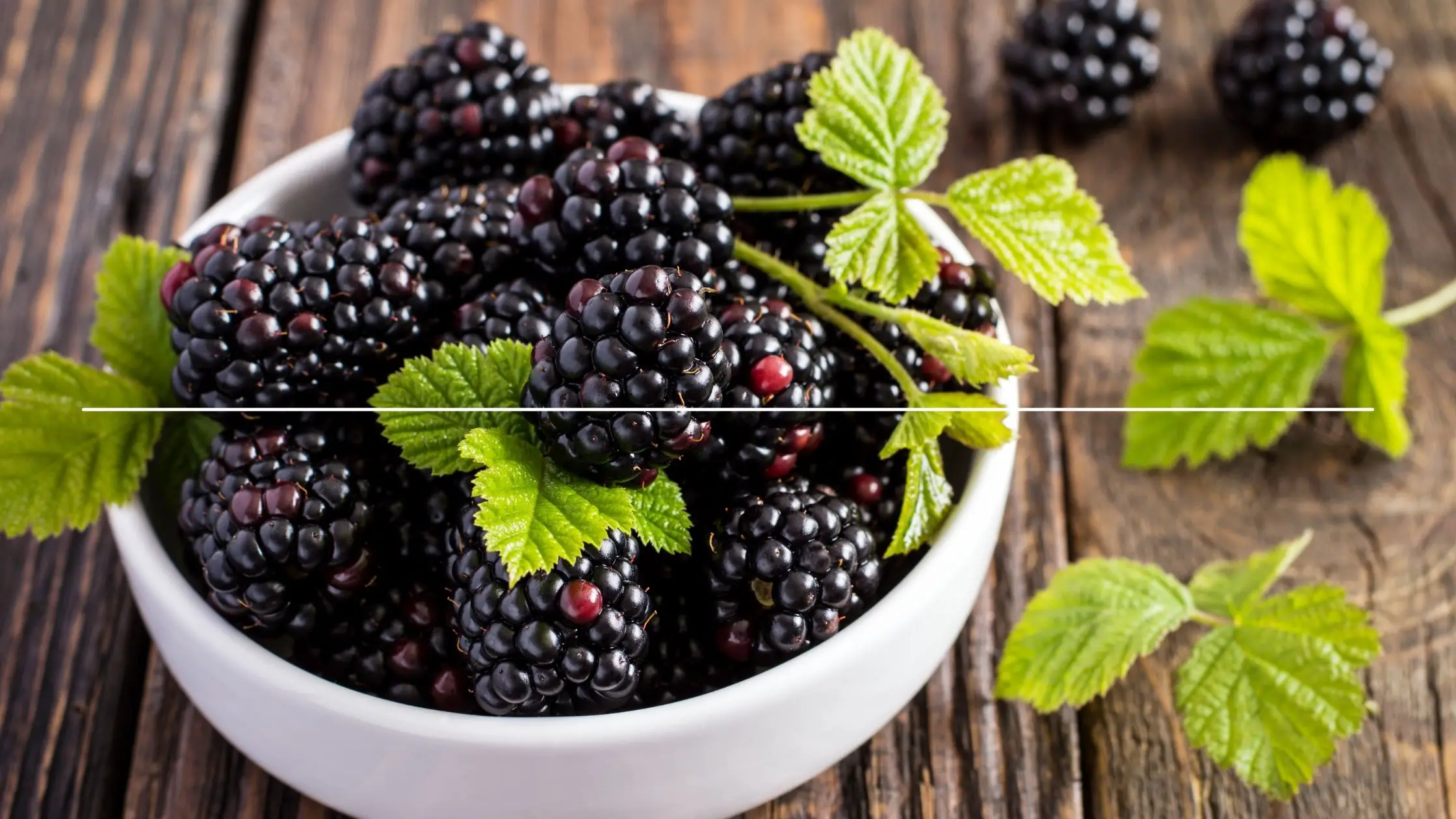
Blackberry plants flourish in the South and Pacific Northwest regions; these wild berries present a sweet-sour taste linked to raspberries. These carry Vitamins C and K1 as well as manganese. Blackberries have been known to help fight cancer and inflammation. These are great in baked goods as well as in jams.
Blueberry
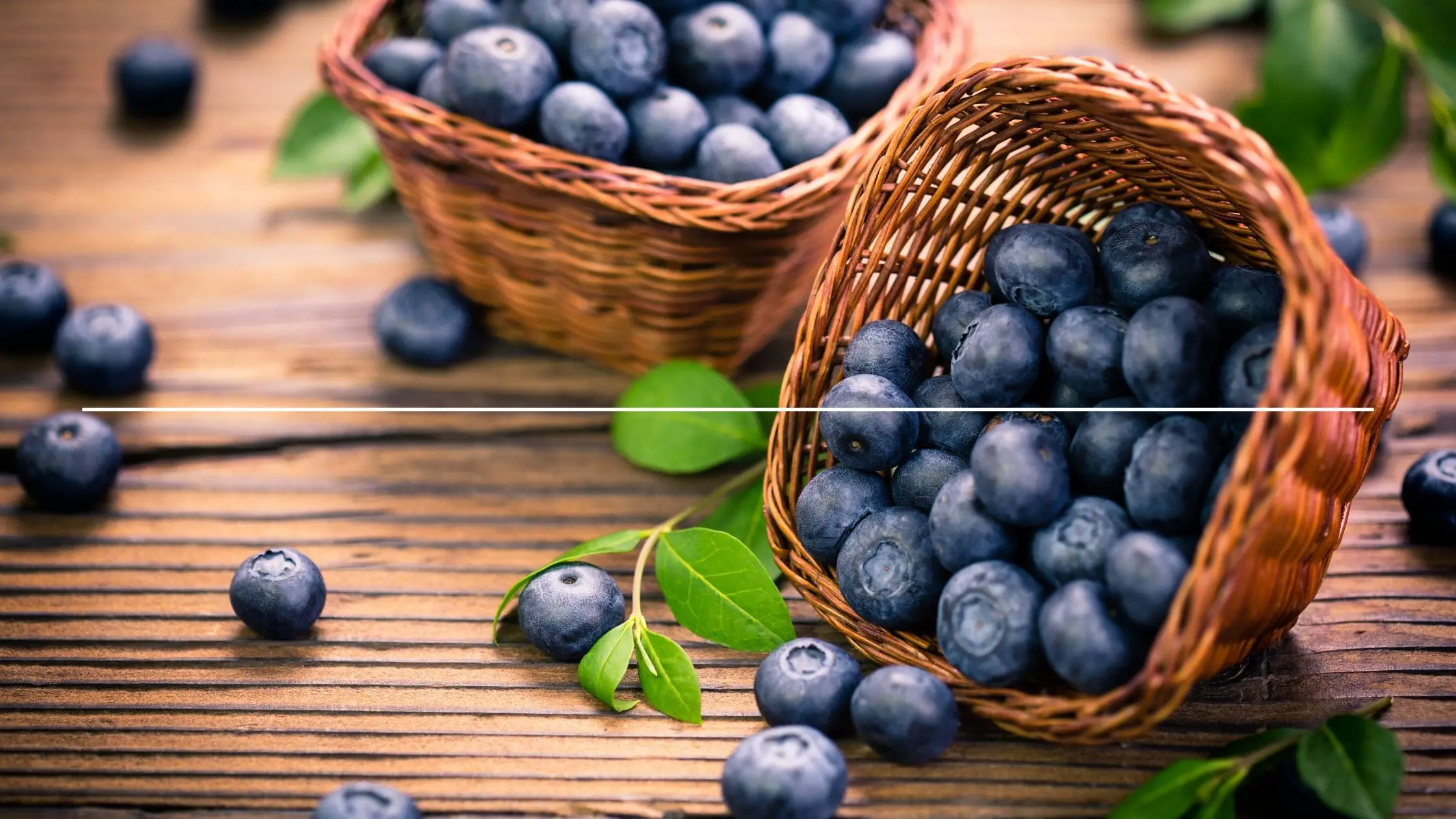
Blueberries are widely enjoyed in their fresh state; these offer a juicy and tangy-sweet flavor. These are also quite popular in numerous dessert recipes, sauces and are even made into wine. This blue color berry offers anti-carcinogenic and antioxidant components and has proven to help diabetic people.
Boysenberry
Boysenberry has been around since the 1920s; these were created as a blend of loganberries, raspberries, and blackberries. The result was a sweet, tangy, and floral taste that is now consumed worldwide. It is commonly found in jams and pies.
Boysenberry contains wonderful benefits for our health, including; lowering blood pressure and supporting the cardiovascular system; these are also helpful in fighting inflammation, cancer, and Alzheimer’s disease.
Raspberry
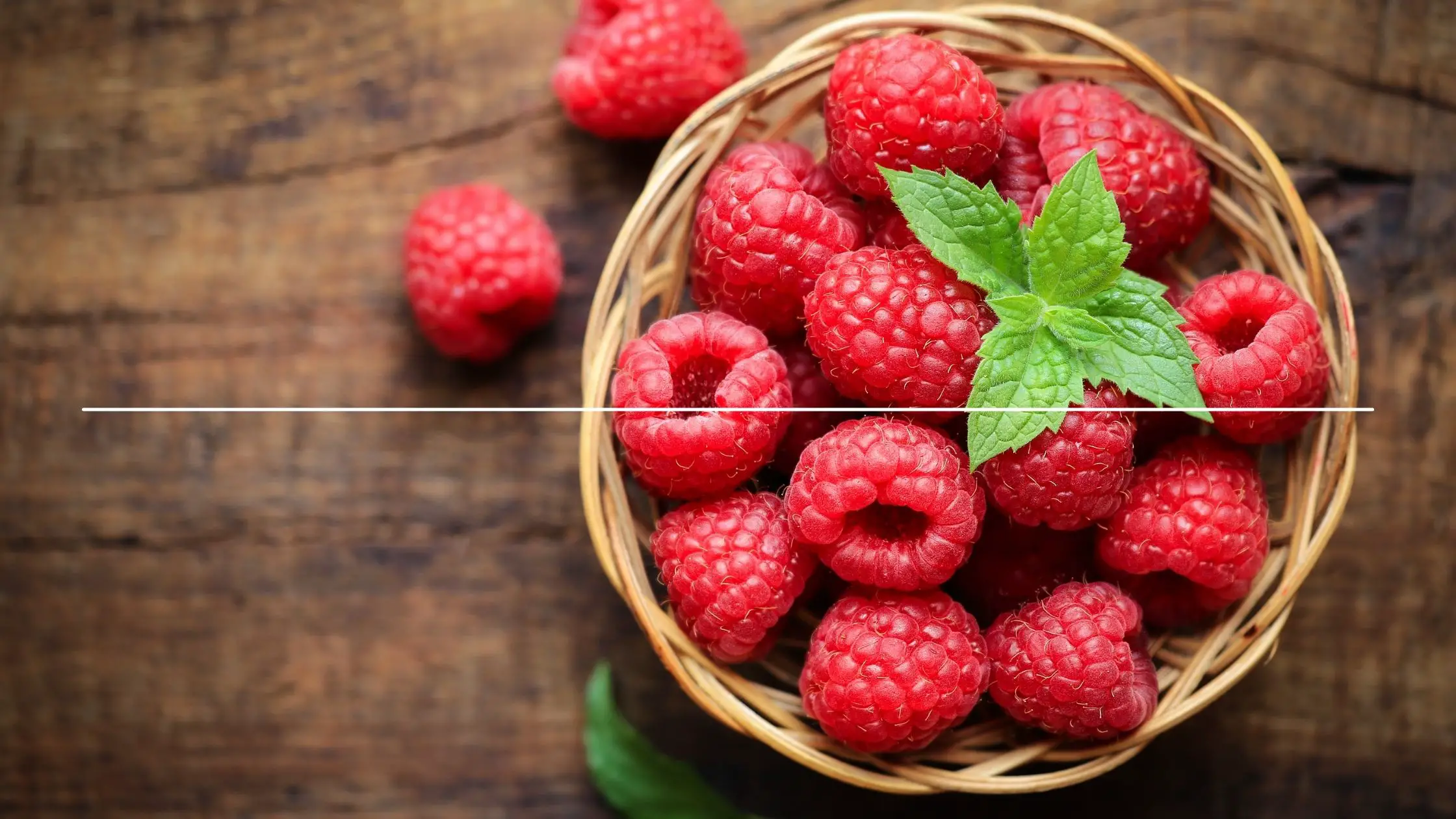
Dashing in color, Raspberries have a lovely sweet flavor and thick texture. They are commonly consumed fresh or cooked into sauces, ice cream, tarts, cheesecake, or preserves.
Raspberries help with weight loss and contain manganese, fiber, are rich in vitamin C and K. They also help lower the risk of metabolic diseases, and are also known to have anti-aging components.
Cranberry
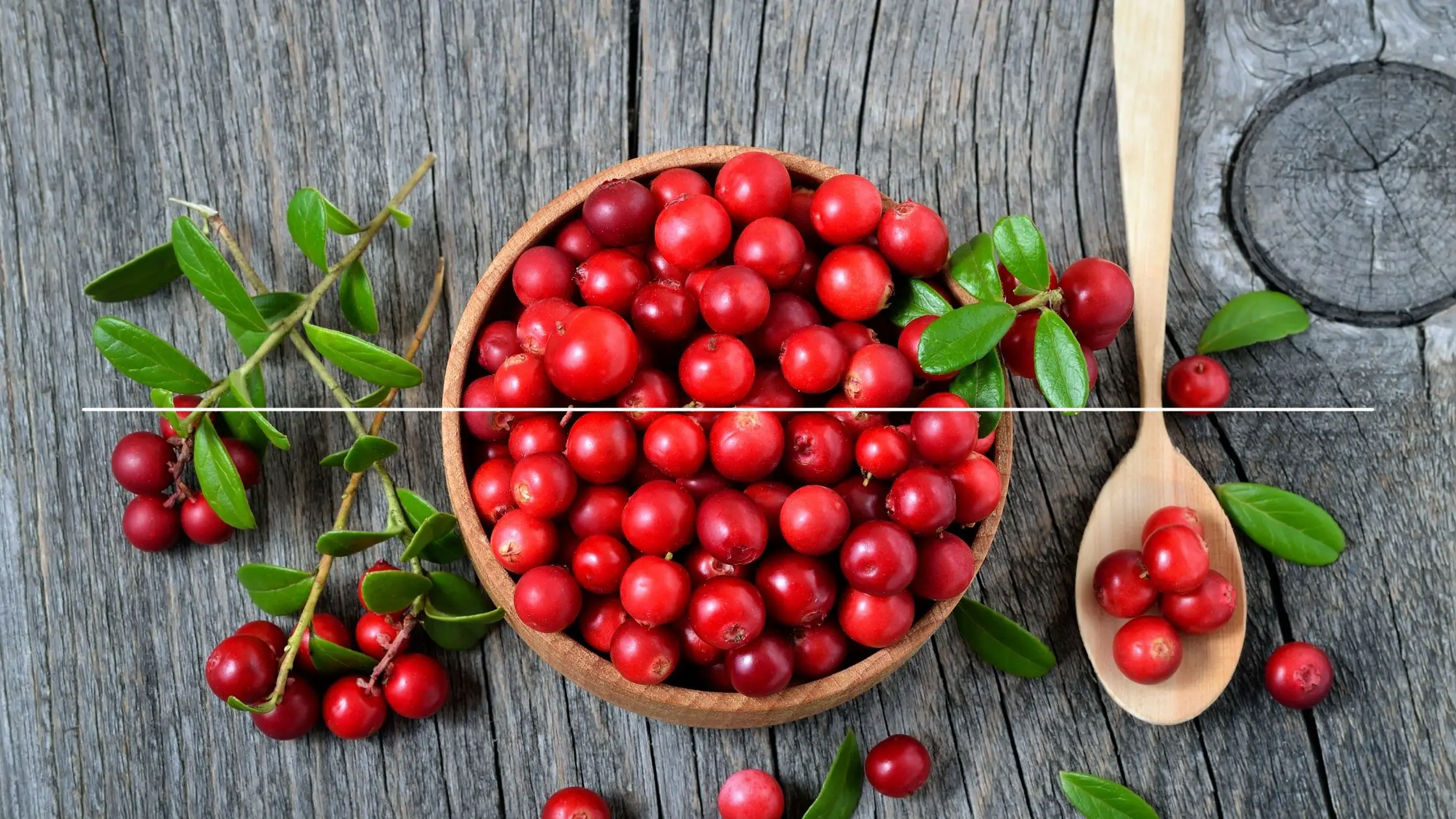
Cranberries, widely known for their tart-sour taste, are one of the most popular types of berries. It is used in tons of recipes from pies, jams, juice, and alcohol and is even made into supplements. Despite their taste, cranberries are high in sugar and carry vegetable oil. Cranberries are known to treat urinary tract infections, and they also support gum health.
Cloudberry
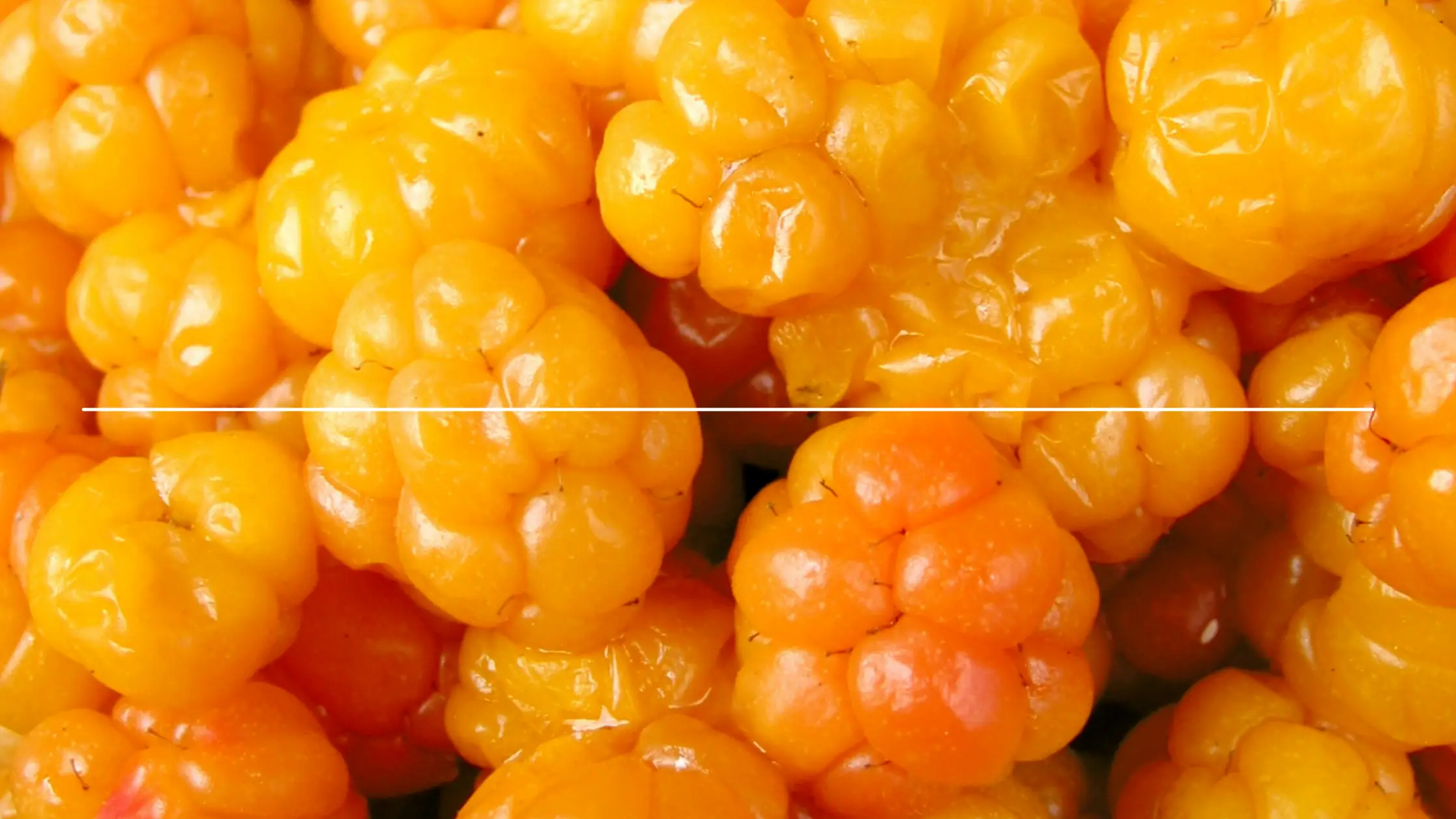
With a cloud-shaped like, cloudberries don’t offer many flavors and hold a tangy aftertaste. These are generally utilized as a part of a detox plan and are known to support healthy bones. These also contain Vitamin C and protein.
Black Currant
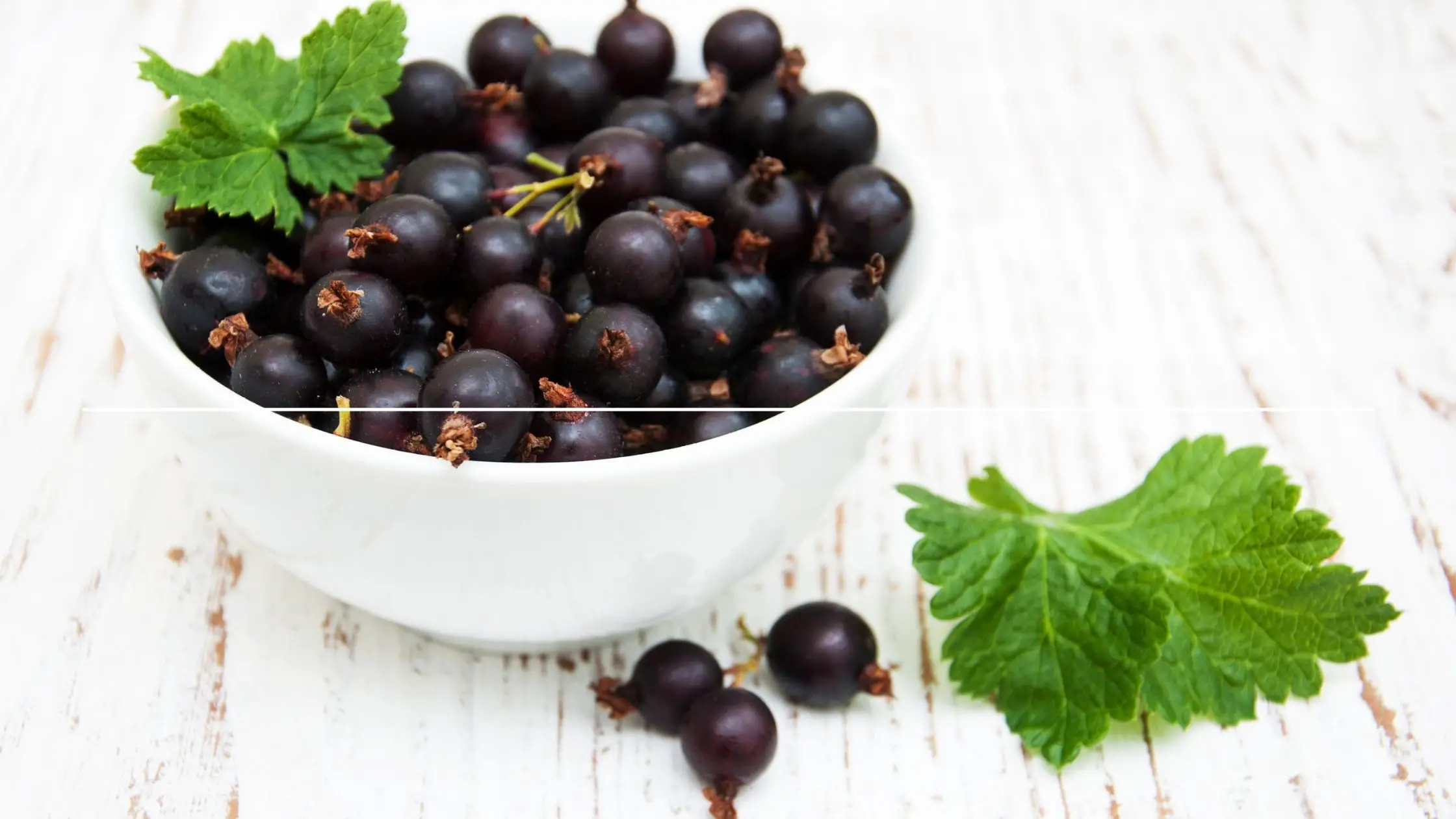
A member of the Grossulariaceae family of berries, the black currant is grown in Northern Asia and Europe. These are used in several sweet and savory dishes and contain polyphenol phytochemicals and Vitamin C.
Sugarberry
Sugarberry is developed in the United States. Its tree offers yellow and orange berries, and these are not eaten. Instead, they are grown for their wood.
Lingonberry

Lingonberries contain vitamin C and other healthy nutrients like flavonoids. They are commonly used in numerous drinks sold commercially and even in powders. These are known to fight inflammation and support healthier gut microbiota.
Goji berry
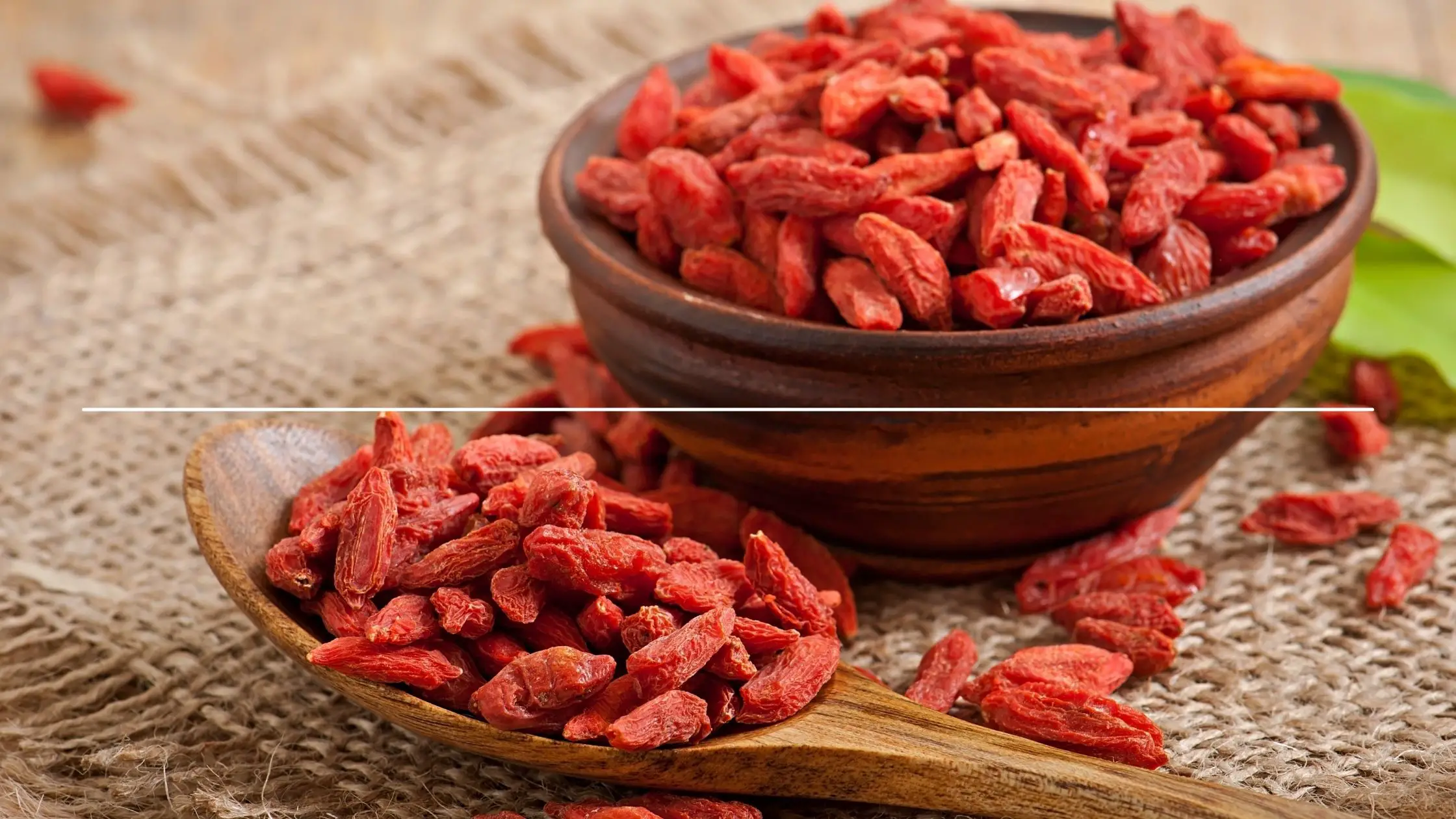
Hailing from the Himalayas, Goji berries contain iron, Vitamin A, riboflavin, selenium, and copper. These are commonly found in a dried state and are known to help fight cancer and improve eyesight.
Juneberry
Juneberries develop in harsh conditions and are originally found in North America. These have a sweet and nutty flavor and are fantastic options for cakes and even pancakes. Juneberries help fight inflammation and arthritis.
Strawberry
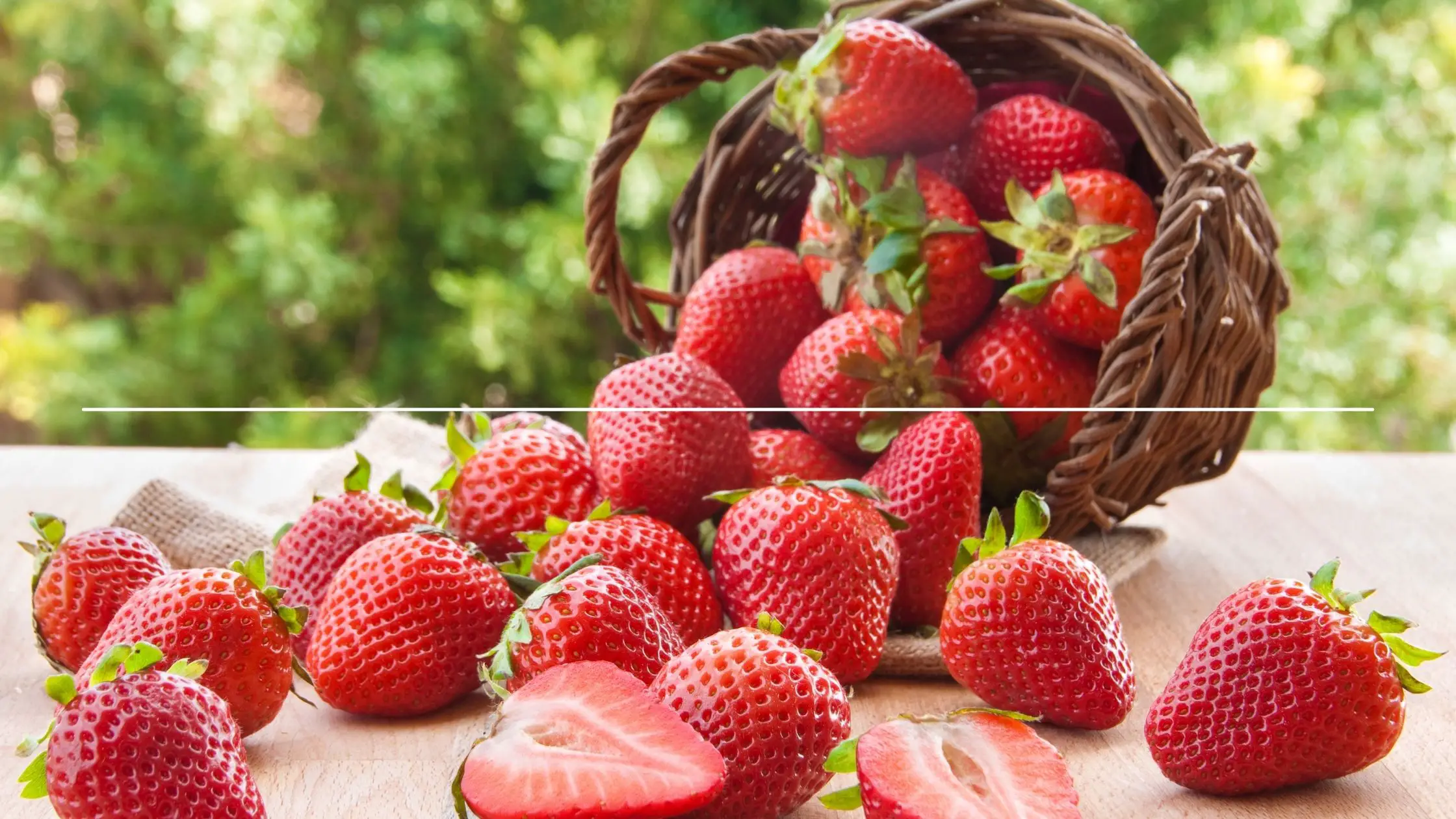
Strawberries are loved by everyone and are consumed all over; you’ve probably had them in milkshakes, cakes, syrups, jams, muffins, and tons of other recipes. Strawberries can fight cancer, improve the immune system and metabolic problems, and lower the risk of cardiovascular diseases.
Tayberry
The tayberry gets its name from a river in Scotland called Tay. These are a mixture of loganberry and black raspberry.
Tayberry contains flavonoids and Vitamin C; these are known to support healthy hair and decrease cholesterol levels. You can find tayberry in wines, pies, and jams.
LoganBerry
The loganberry is a hybrid between raspberry and blackberry, so their taste blend the two.
This type of berry has a unique taste and is best used in juice, pies, jams, syrups, and crumbles. They contain vitamin C and K, manganese, and folate.
Indian Gooseberry
This type of berry, which hails from India, is also called Amalika. These have a distinct sour and tart taste, and many enjoy them fresh with salt. These can also be found dried or canned. Like most berries, Indian Gooseberries also have antioxidants.
Types of Wild Berries
Elderberry
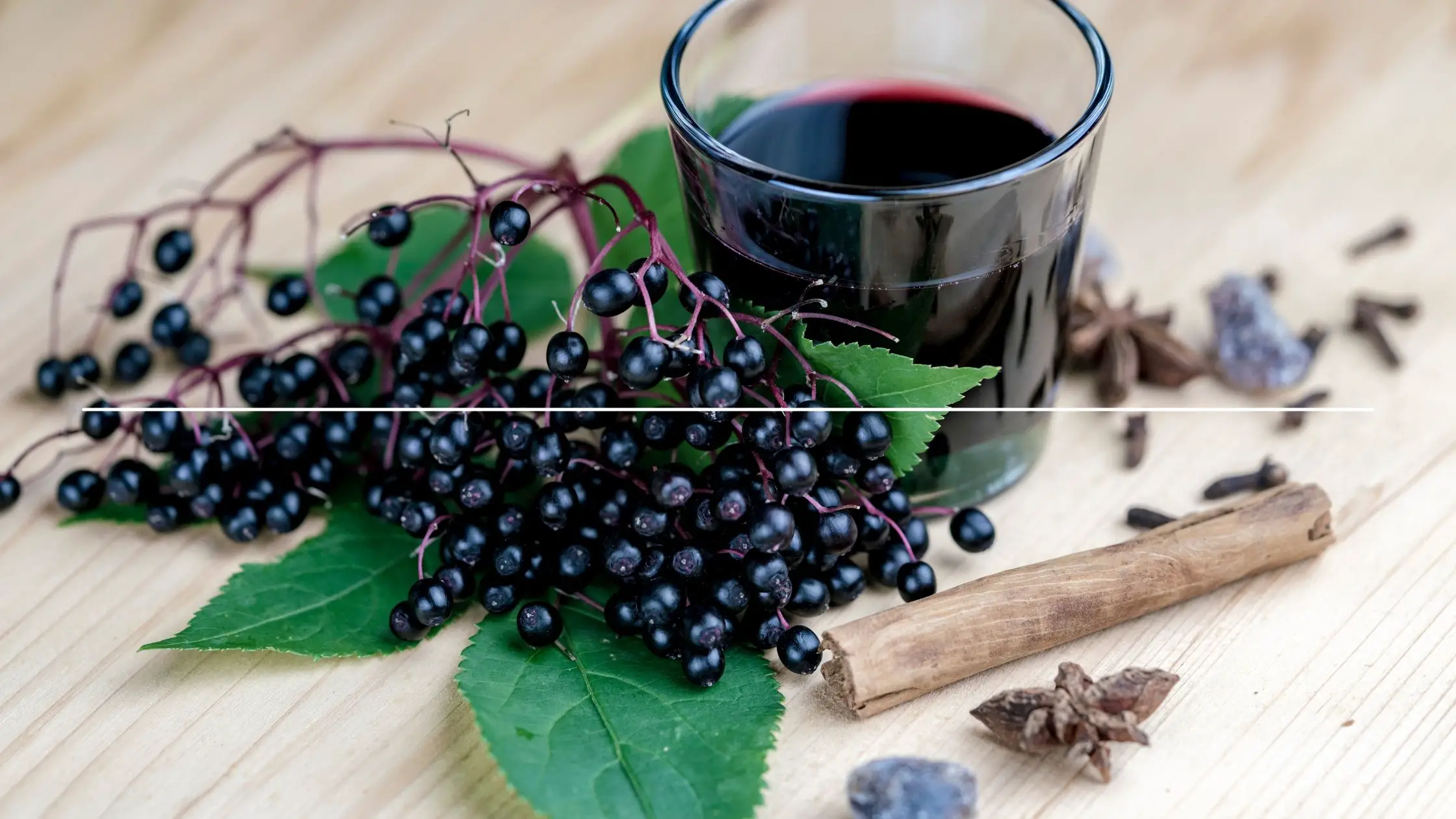
Elderberries develop over the winter due to their floral and tart taste. These are often made into tea. This type of berry also makes delicious syrup, juice, preserves, jams, and even wine. Elderberries have the ability to fight allergies and boost the immune system. They contain Vitamin A, C, B6, iron, and potassium.
Huckleberries
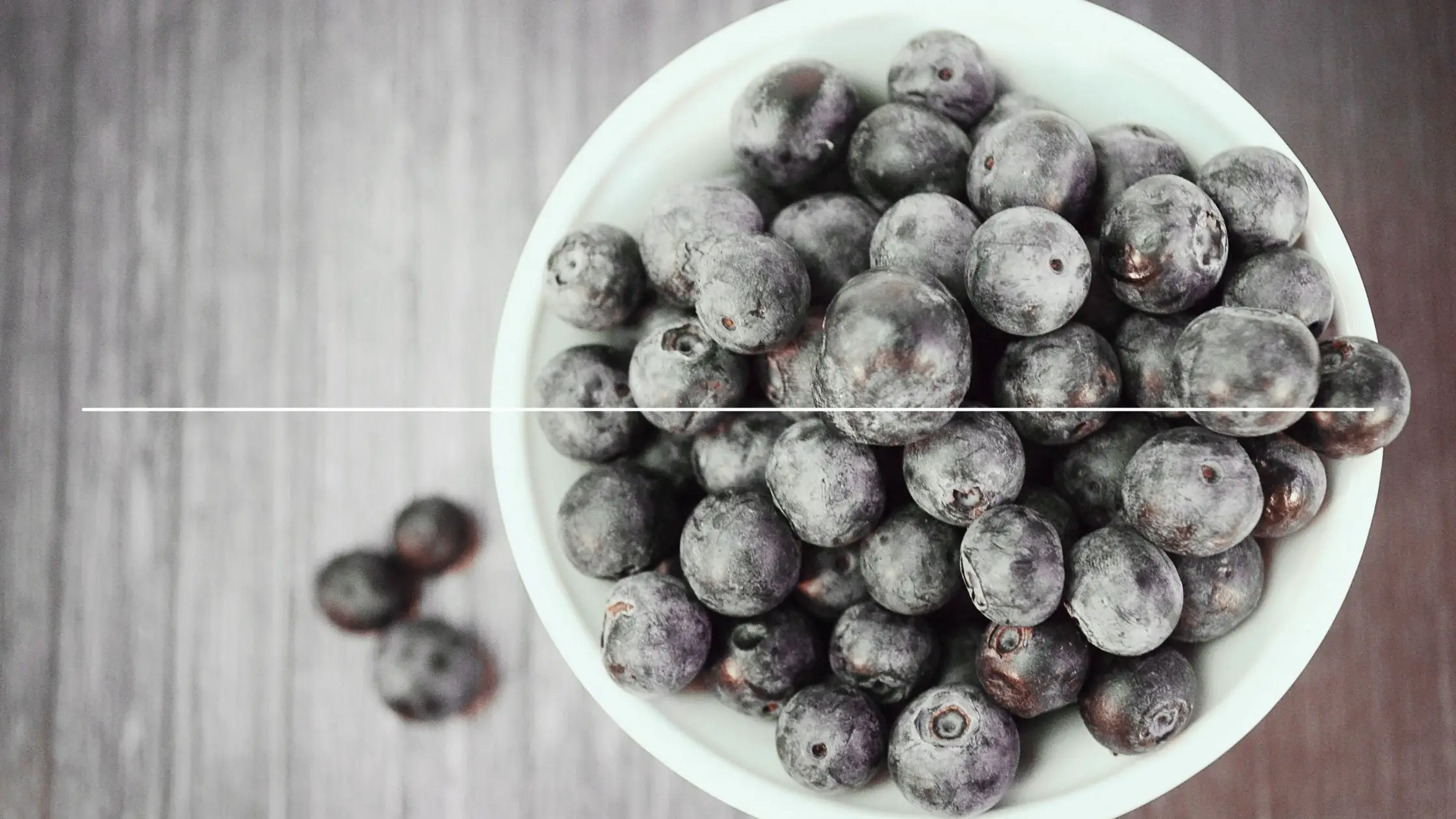
This type of berries is often compared to blackberries; huckleberries grow in the wild and are originally from the Northwestern United States and Western Canada. These offer a sour and sweet taste and are often used in baked goods. Huckleberries are known to lower cholesterol and lower cholesterol.
Chokeberry
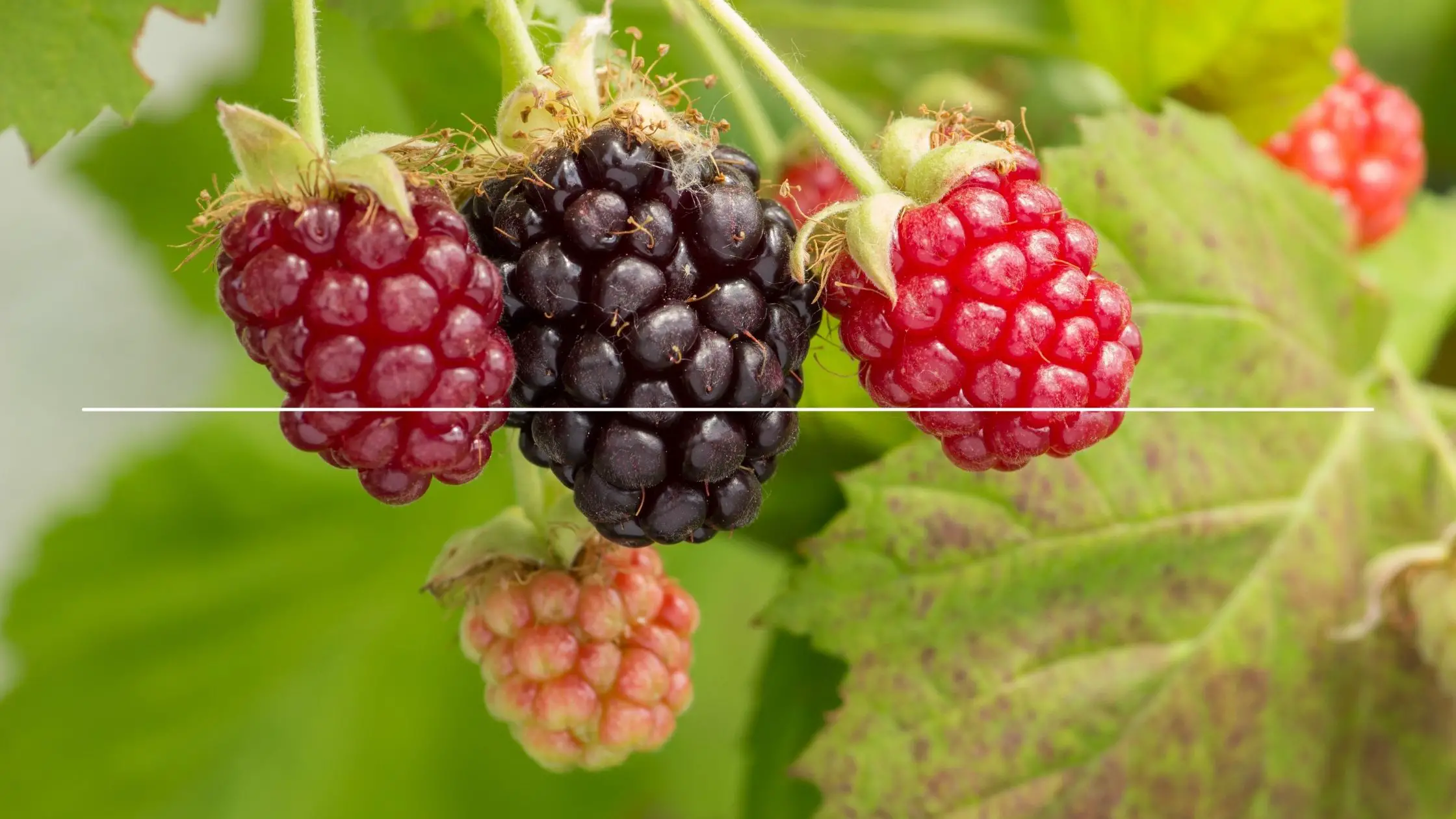
Many opt to get Chokeberry powder instead of buying it fresh due to its bitter taste. Chokeberries, which can be black or red, help with inflammation and eyesight; these are also beneficial in lowering blood pressure and making the immune system stronger.
Salmonberry
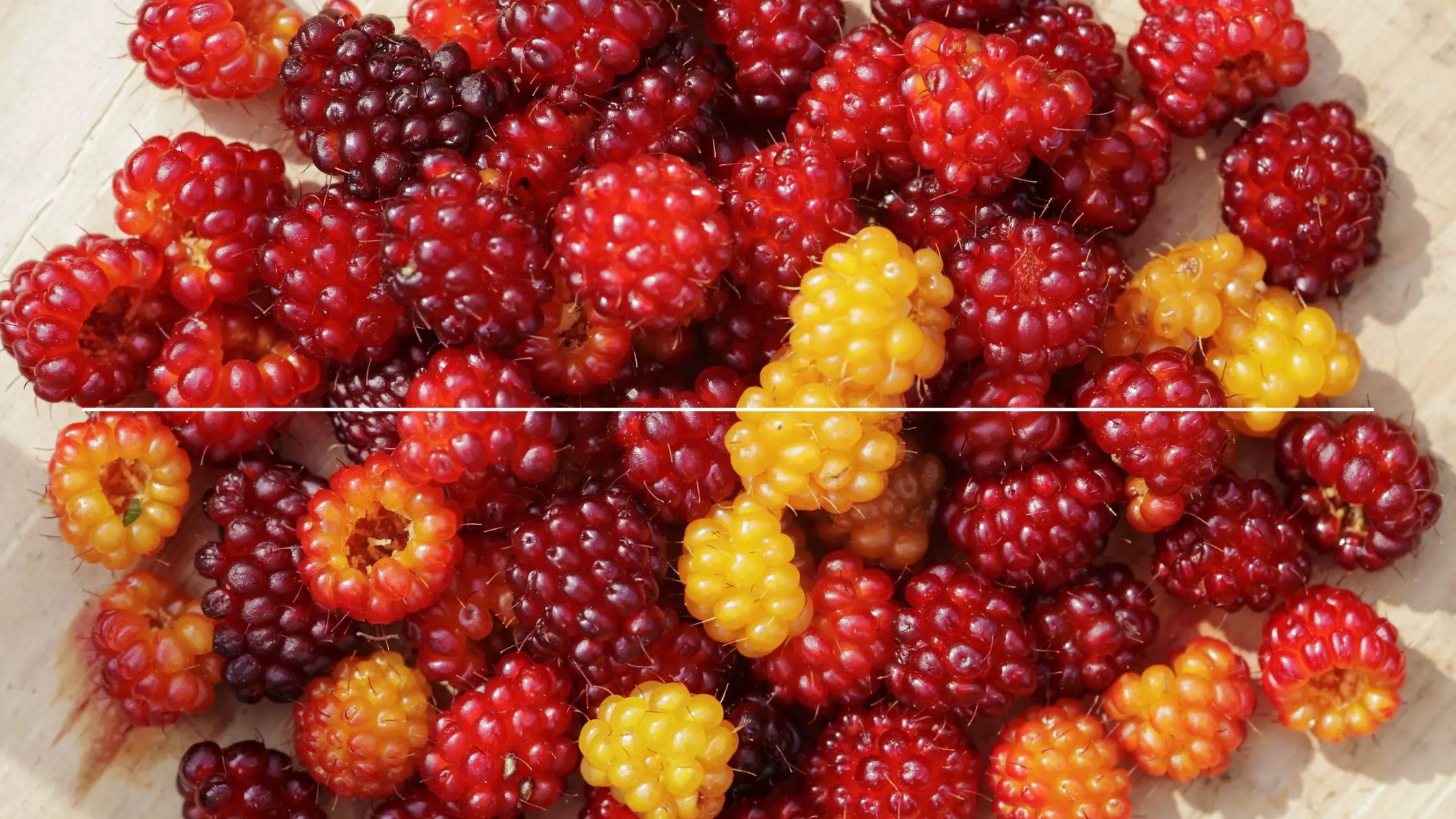
Salmonberries hail from Alaska and Canada. They get their name after their color and are commonly eaten fresh. These also make yummy syrups, jams, preserves and are used even in savory foods.
Salmonberry is pretty juicy but has a little sour in it; these contain vitamins and antioxidants and help counter infections.
Black Mulberry
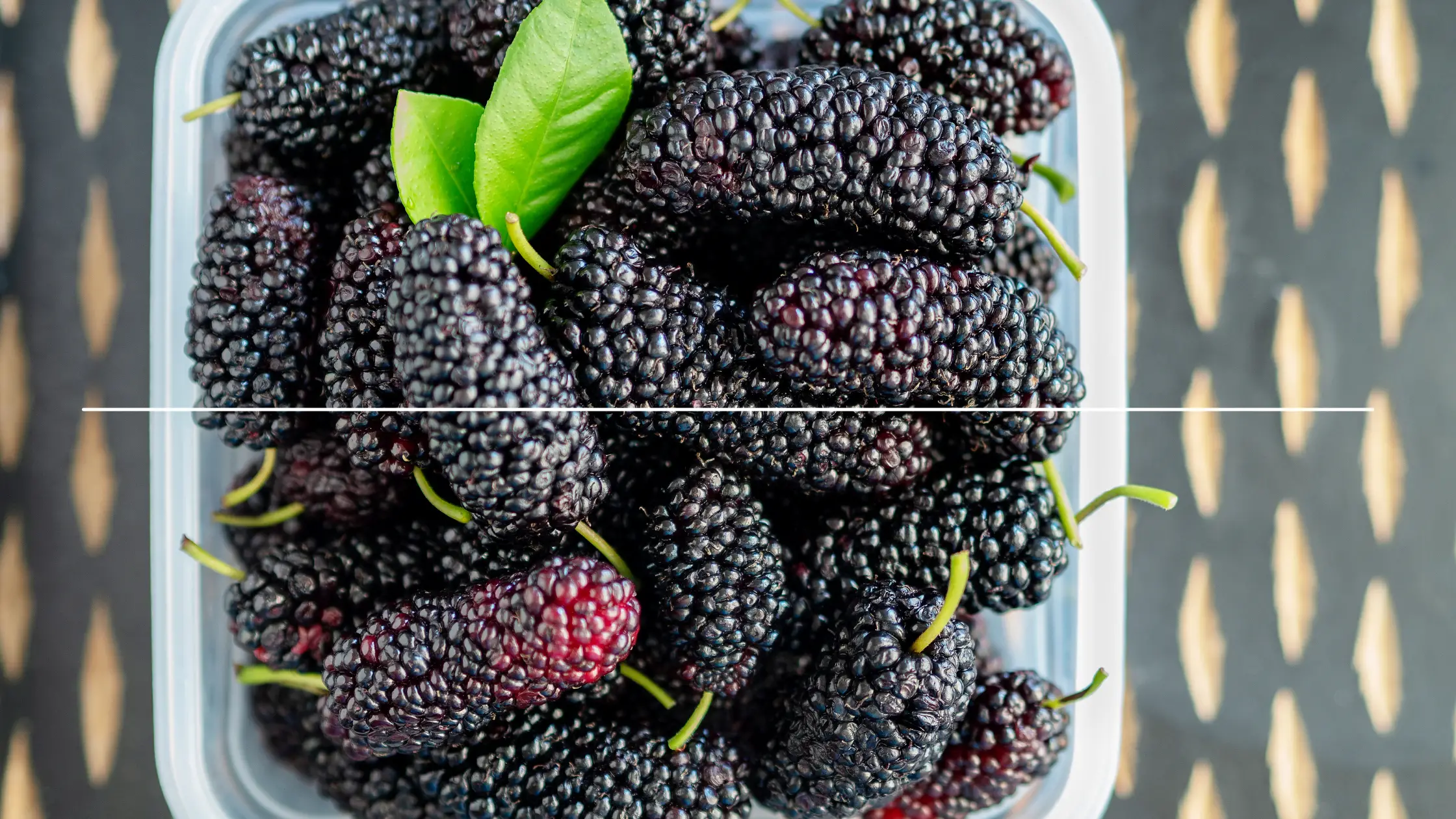
Found in Asia, the black mulberry is a versatile berry that is added to numerous dishes.
White Mulberry
White Mulberry hails from China, and the story goes that trees were brought to the US because silkworms feed on this type of berries.
Though it is not famous for its bland taste, white mulberries can be found in powder form; they contain vitamins and iron.
Red Mulberry
This type of berry is found in the US, and it doesn’t have a long shelf life. These contain vitamin C and K and iron. Red mulberries can be turned into wine or made into cakes.
Other Types of Wild Berries and Poisonous Wild Berries
Other types of wild berries include Gooseberries, Saskatoon berries, Muscadine, Buffaloberries; and there are some poisonous wild berries you should avoid too, these are Jerusalem cherries, Bittersweet, Ivy Berries, Holly Berries, Pokeweed berries, Virginia Creeper berries, and Yew Berries.
How To Keep Different Types of Berries Fresh?
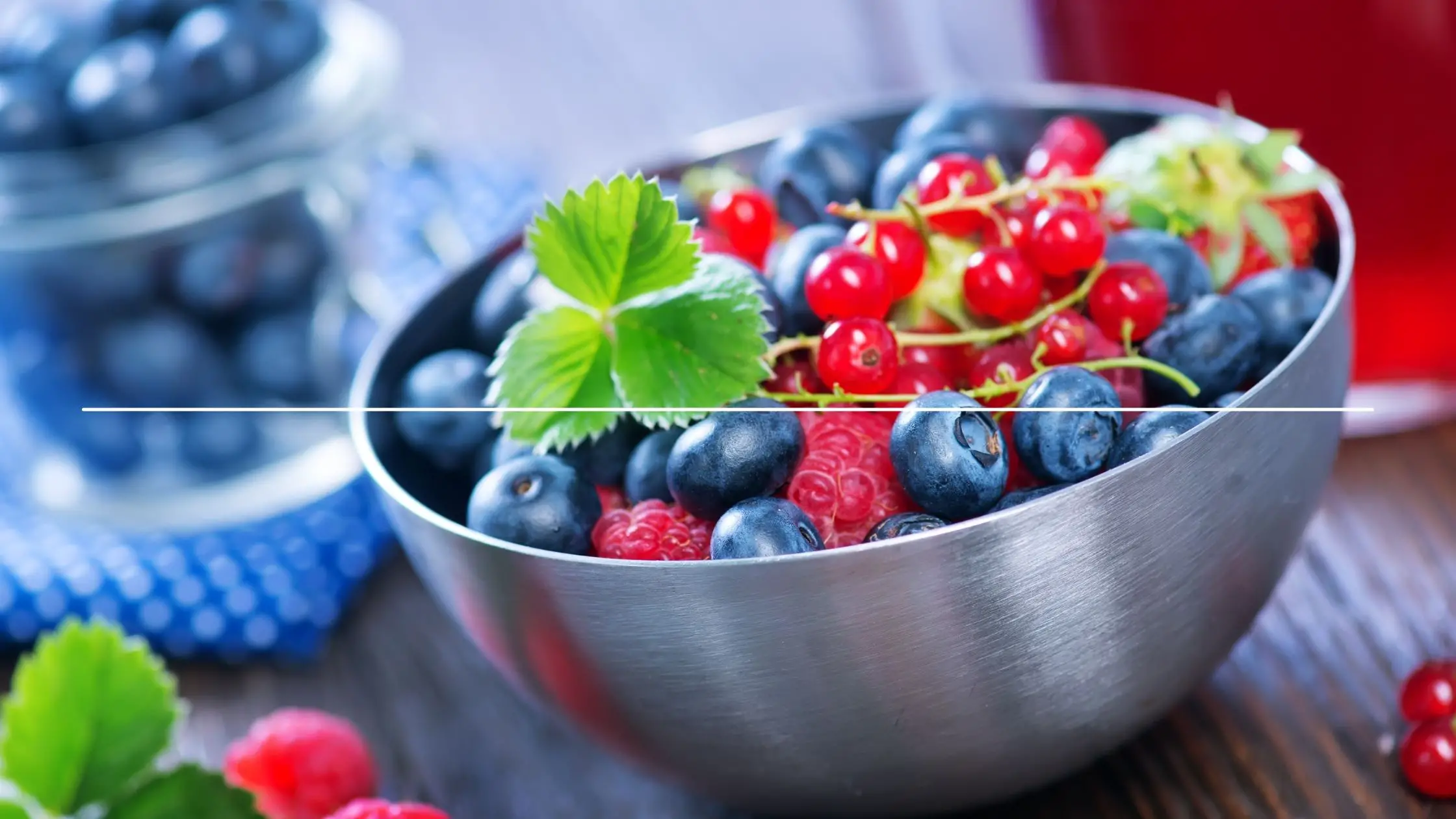
Like all fruits, any berry belongs to your fridge. To keep your berries fresh, you need to store them properly. That said, of our favorite berries, it must be said that blackberries are the ones that can handle moisture better due to their sturdy skin. However, when it comes to strawberries or other types, you definitely do not want to leave them on the counter for long.
Experts say you should store your berries dirty, dry and be sure the container you use is breathable so air can flow. Lastly, only wash them when you are ready to eat them.
If you plan to eat your berries in a day, keep them at room temperature in a shallow container for the best flavor. But if you need to place them in the fridge, your berries can last fresh for as long as five days.
To store your berries in the fridge for a few days, follow these steps
- Line a large lidded plastic container with a paper towel, and spread all of the fruit insides.
- Cover with a lid
- Store in the refrigerator
How To Store Berries, So They Stay Fresh For Longer?
If you want to extend the life of your berries for an additional five days, follow the steps below:
- In a bowl, mix 1 part vinegar to 3 parts cool water and add your fruit
- Mix the berries around a little bit and leave to soak for 1-2 minutes
- Rinse the berries gently in a colander
- Lay them out to air dry on a clean kitchen towel or paper towels for 30-60 minutes
- Transfer to a container loosely covered
- Place inside the fridge
Can You Freeze Berries?
You can absolutely freeze your berries and keep them frozen for up to a year. Just follow these steps:
- Wash and dry the berries
- Lay them flat on a large baking sheet and freezing them like that for 1 hour
- Transfer to a large zip-top storage bag
What To Do With Berries Before They Go bad?
Berries are definitely delicate when it comes to storing, but the extra effort is worthwhile. If you notice a change in color, smell, or texture, even if they are inside your fridge, you should get rid of them right away.
But before that happens, there are tons of recipes you can utilize your berries, find below some of our favorite recipes ideas.

